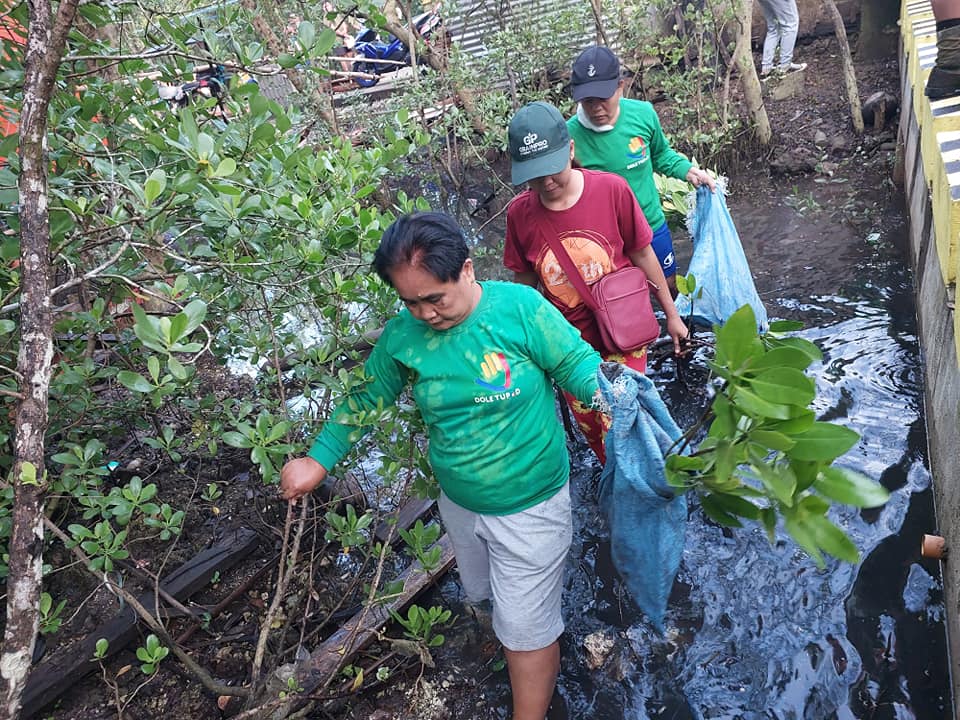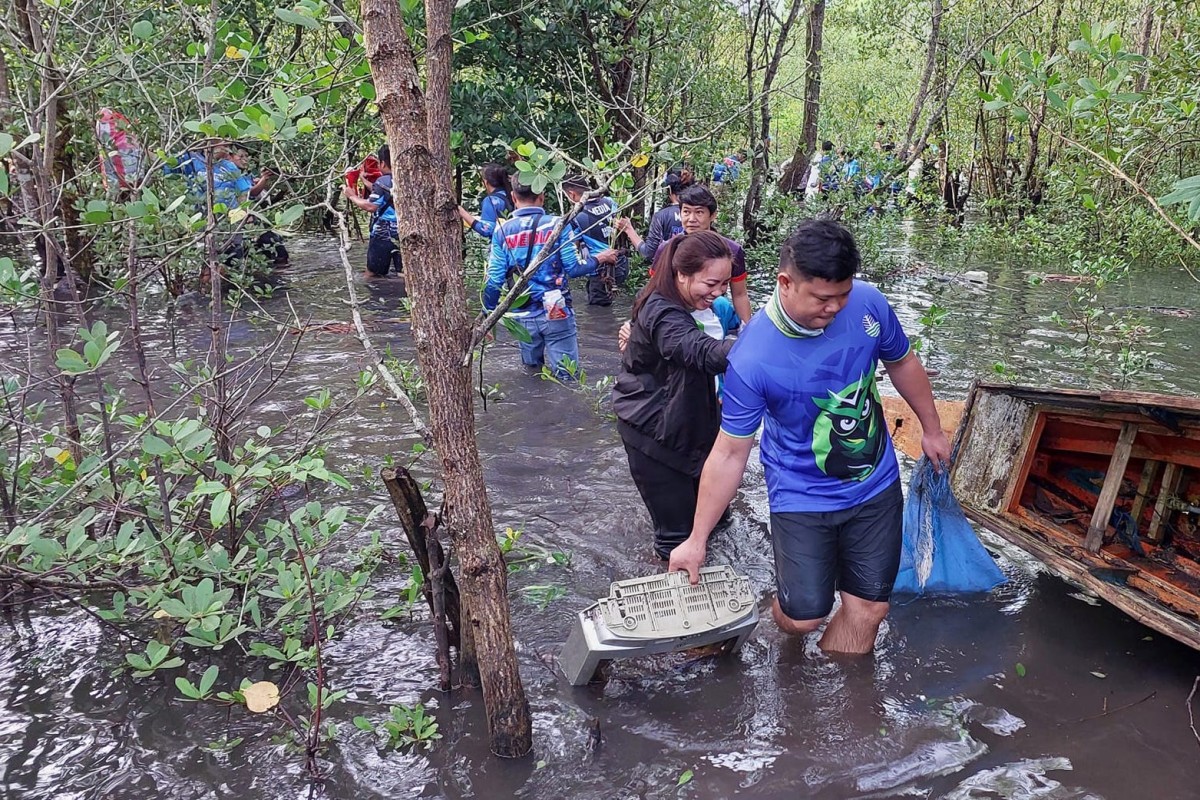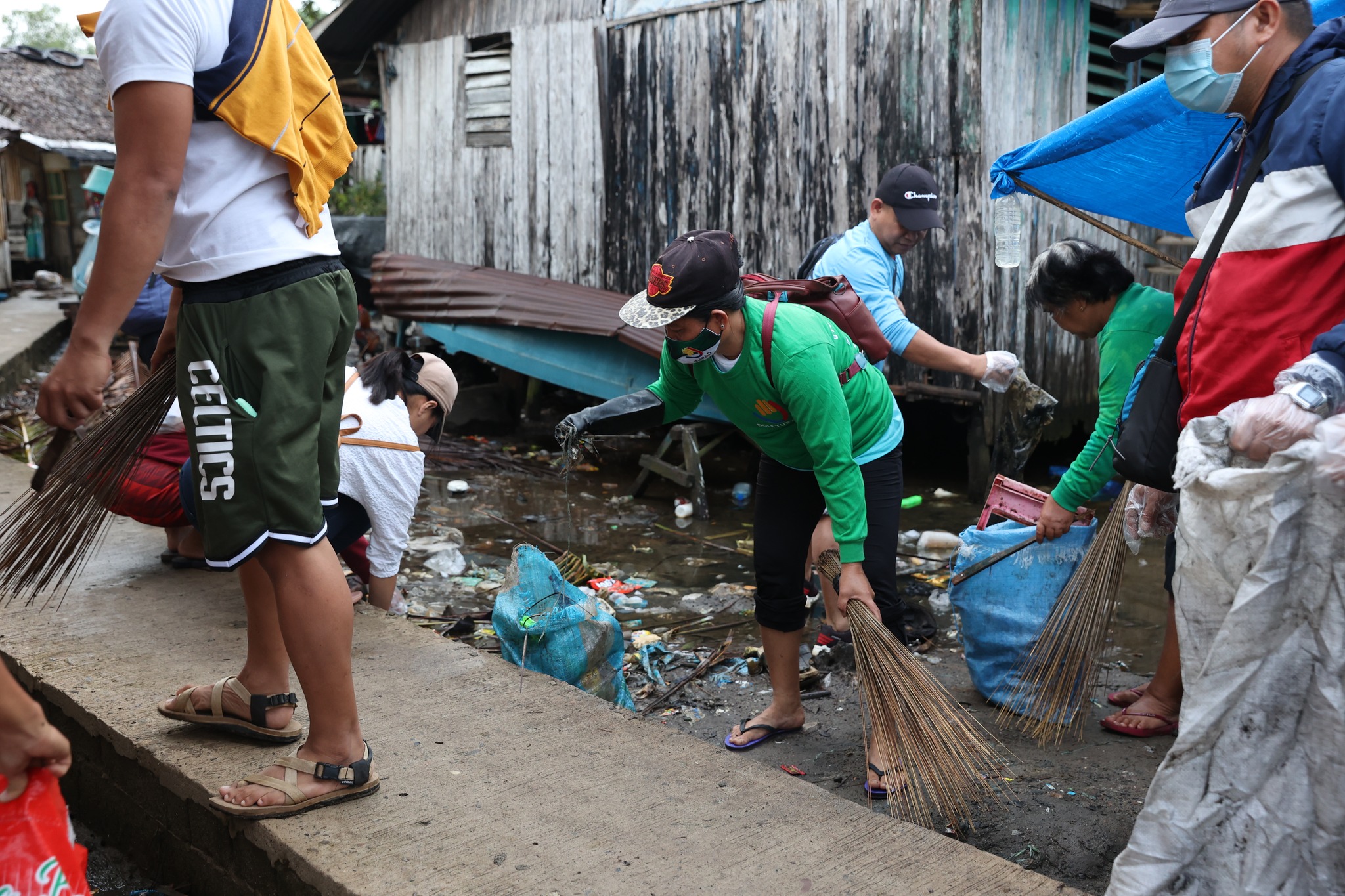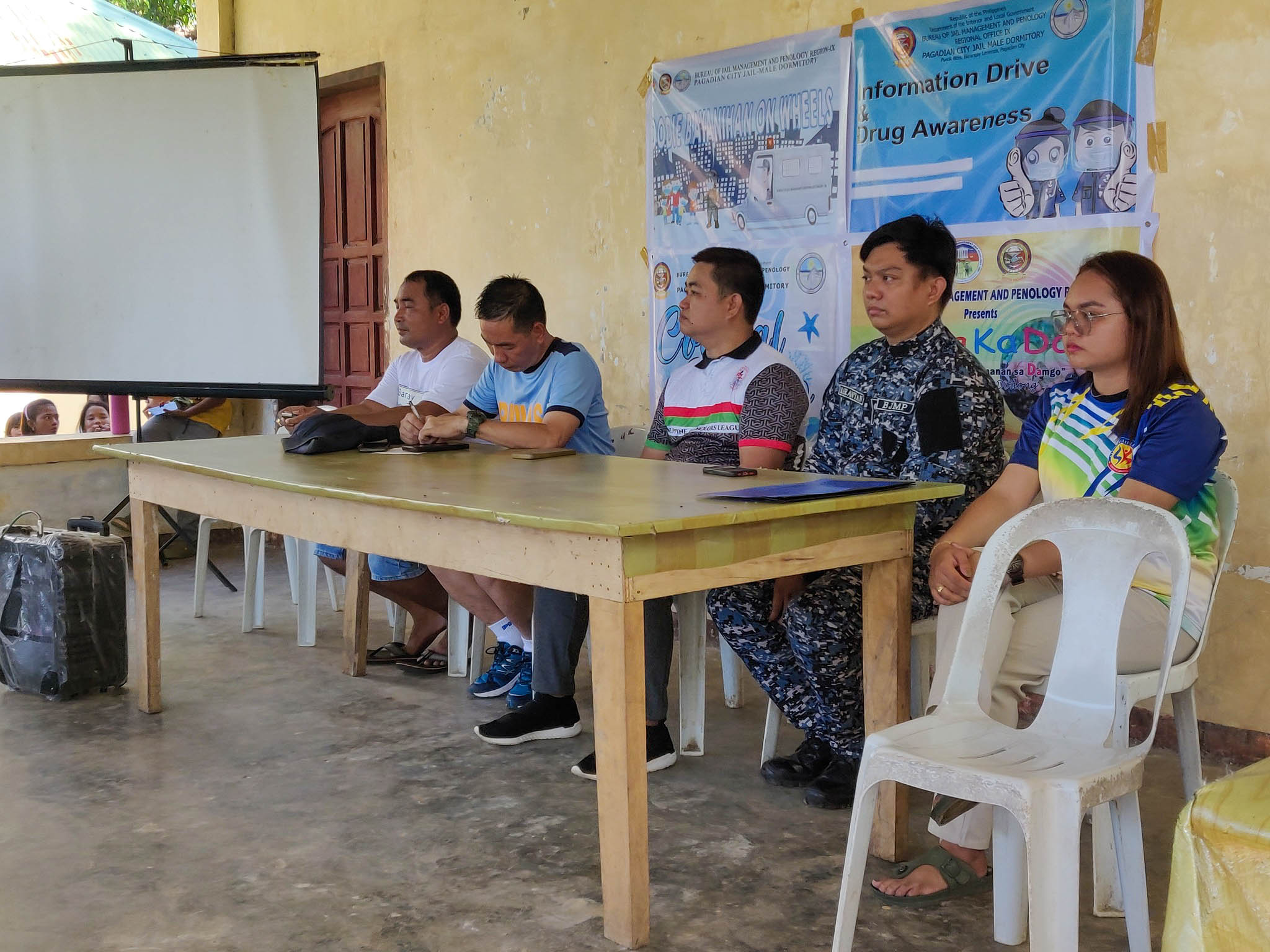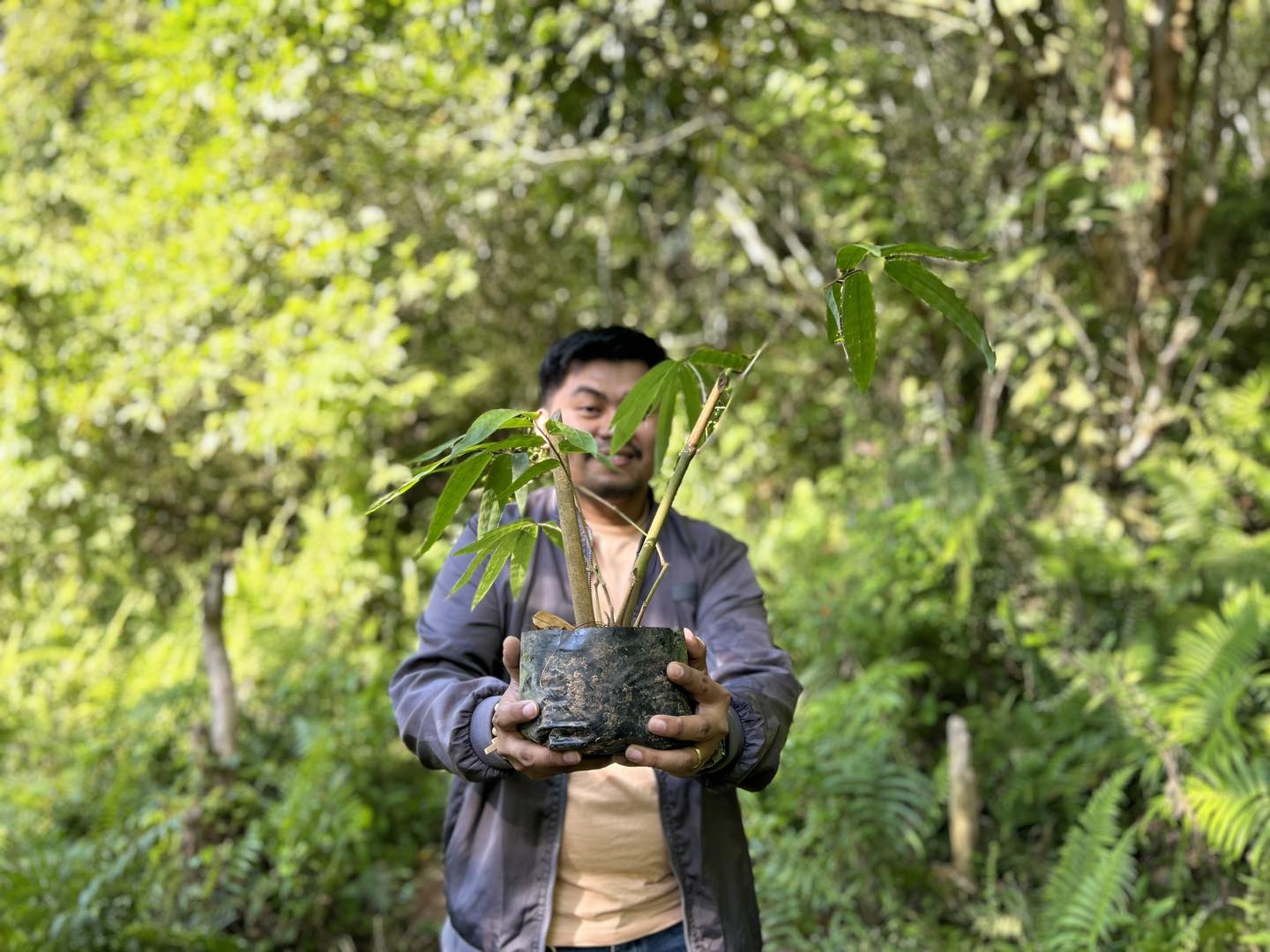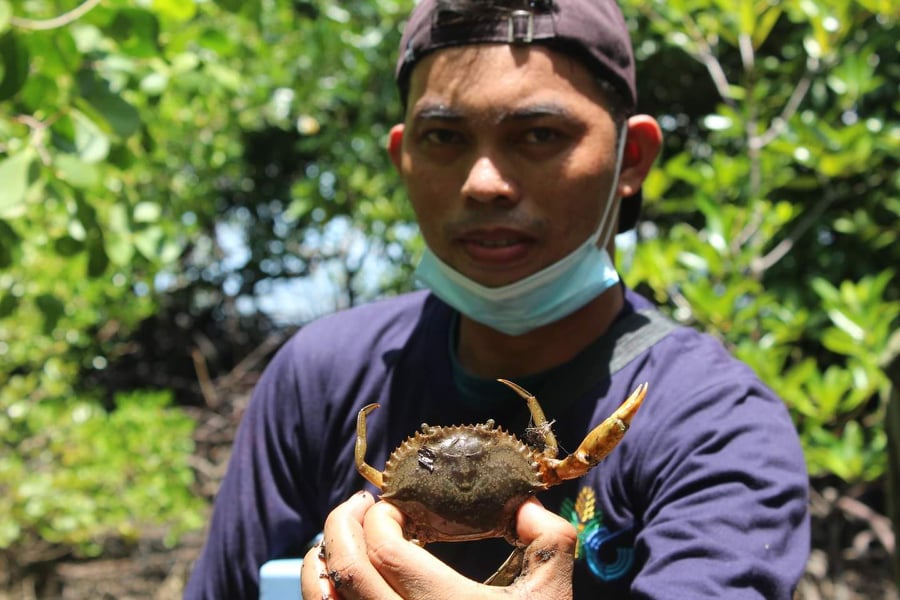TUKURAN, Zamboanga del Sur, 25 July (PIA) - In observance of the National Disaster Resilience Month (NDRM) 2023, the Department of Environment and Natural Resources (DENR)-9 spearheaded a Mangrove Growing and Clean-up activity at barangay Sugod in Tukuran, this province.
The activity saw an impressive turnout of two hundred thirty-one (231) volunteers from various agencies, including the 1st Infantry "Tabak" Division, Philippine Army units, Philippine National Police (PNP), Philippine Air Force (PAF), Kapisanan ng mga Brodkaster ng Pilipinas (KBP) ZDS Chapter, and the Bureau of Jail Management and Penology (BJMP) 9, among others.
Central to the event was the planting of 1,600 mangrove propagules at a pre-existing mangrove site near the barangay's marine-protected area.
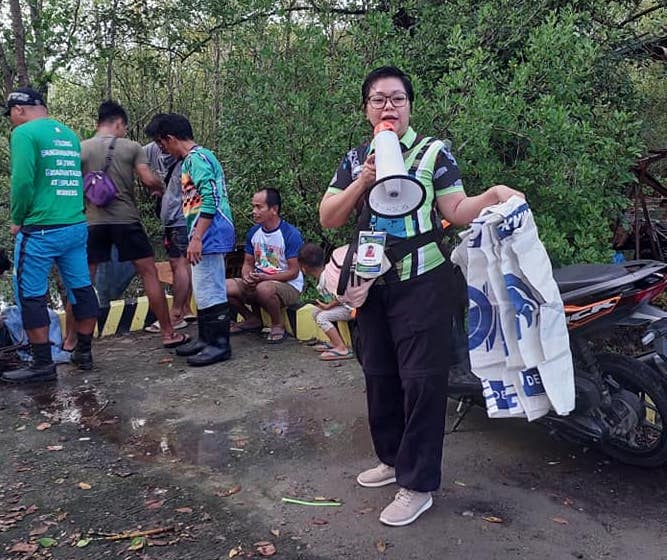
Winnielyn Abayon-Cariazo, the Information Officer of DENR-9, expressed her enthusiasm for the activity during a radio program on RMN DXPR-Pagadian.
"Barangay Sugod is our pilot site of the solid waste management program of DENR's Environmental Management Bureau (EMB), and at the same time, it is a National Greening Program (NGP) site in our region. It is also commendable that the local government unit of Tukuran has legislated a marine-protected area."
According to the DENR, mangroves play a vital role in safeguarding coastal areas from natural disasters, acting as a barrier against storm surges and tsunamis, thus making them an essential part of disaster mitigation efforts.
Complementing the mangrove planting initiative was the dedicated effort of the volunteers in cleaning up the coastal area. A total of 42 sacks of trash, weighing approximately 1,050 kg, were collected.
The non-biodegradable materials retrieved included bits of cellophane, plastic caps/bottles, styrocaps, junk food wrappers, empty sacks, school bags, broken fishnets, and disposable diapers/napkins. This clean-up effort not only improved the local environment but also minimized the risk of potential flooding and blockages in waterways during heavy rains.
This activity is said to have exemplified the collective commitment and collaboration of various agencies and organizations in promoting disaster resilience in the region. Aligned with the Executive Order No. 29, designating July as National Disaster Resilience Month, the event focused on disaster resilience building through prevention and mitigation, preparedness, response, rehabilitation, and recovery.
The united efforts of the volunteers in preserving the environment, particularly through mangrove conservation, will undoubtedly contribute to a safer and more disaster-resilient future for the region. (RVC/HTB/PIA9-Zamboanga del Sur with photos and reports from DENR9)
